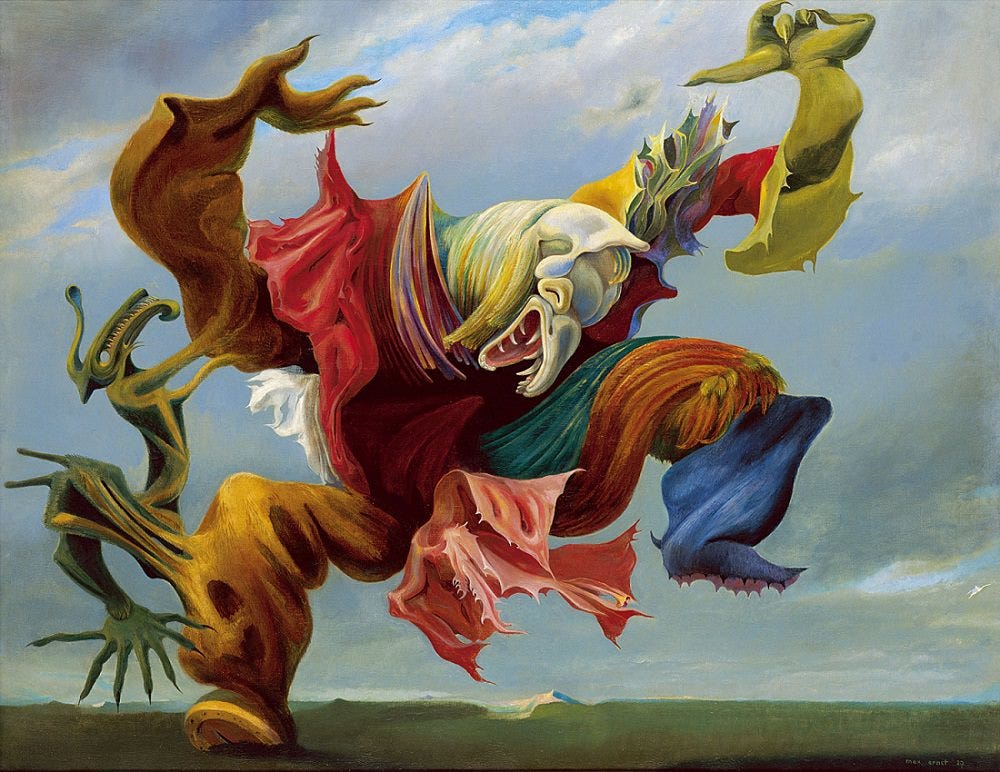
We
can use qualitative methods, such as ethnography, and artistic insights to create product appeal to
groups different than ourselves. Research requires an articulated framework describing an understanding of how the world works
and how you can learn about how it works. It should (but rarely does outside of dissertations) require a positionality statement also because your position with respect to data influences acquisition methods and interpretation, among other things.
As a Christian, I don’t follow “methodological naturalism” as a guide, I believe in God’s personal involvement. However methodological naturalism can’t handle the notion of irrationality. It has a faith component, namely that the human mind is rational and the world has "closed regularities", meaning that there are no exceptions to scientific laws.
As a Christian, I don’t follow “methodological naturalism” as a guide, I believe in God’s personal involvement. However methodological naturalism can’t handle the notion of irrationality. It has a faith component, namely that the human mind is rational and the world has "closed regularities", meaning that there are no exceptions to scientific laws.
The
words art, design, and craft have specific meanings. Design can mean a
purposeful development of a functional product. Industrial design also
considers the artistic influences that create appeal beyond the functional. Industrial design embraces ethnographic methods that aid in designing things appropriate for people who are different than the designer.
Designing things in the tradition of industrial design, taps into both functional (mechanistic) and “non-functional” (non-mechanistic) elements. But the non-functional elements in particular, can be rooted in faith and worldview issues. The non-functional elements are where art flows into design, and this can involve surprise.
I
love surprise in design, it has delightfully irrational elements that derive
from outside of the weight of science. Pleasant surprise is a beautiful element in design.


